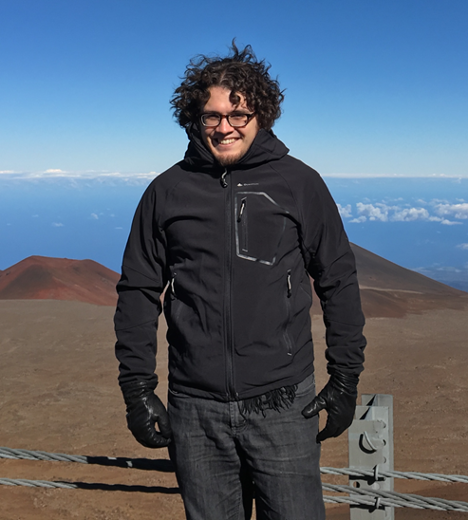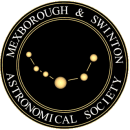Stellar Associations and Planemos, and How they Will Help Us Better Understand Exoplanets
Guest Speaker
Thursday, 3rd December 2020 (19:45 - 22:00)
Venue: Virtual Meeting
I will present my latest research that consists in studying known and new associations of stars that act as laboratories for scientists to understand how stars, brown dwarfs and even planetary-mass objects form and evolve with time. I am currently focused on using new data gathered by the ESA Gaia mission, which recently measured precise distances to a billion stars in our galaxy, completely revolutionizing our understanding of stellar kinematics.
This allows my team to understand young associations of stars in a much more profound manner, and to identify unexpected structures around them. This science allows us to better understand the properties of stars like their radii and masses, which in turn allows other teams to better understand the properties of exoplanets in their orbit. In parallel, I also use our updated knowledge of young associations with recent infrared surveys and instruments to identify and study the lowest-mass objects that belong in these young associations. Some members of these associations have masses so low that they are not stars, and rather objects called brown dwarfs that cool as they age.
Surprisingly, we can even identify members that have masses so small that their physical and atmosphere properties resemble those of giant planets like Jupiter. We call them "isolated planetary-mass objects", or "planemos" for short, because they are not in orbit around a star, which makes them very weird and easier to study in great detail as the host star is not blinding our instruments.
This is incredible because it allows us to understand detailed properties of their atmospheres, like what their clouds are made of and how they evolve with time, in a way that will inform studies of gas giant exoplanets whose atmospheres we cannot study as easily. I am actively looking for new such planemos with a series of near-infrared telescopes around the world, including the soon-to-be-launched James Webb Space Telescope.
Speaker: Jonathan Gagne

Learn more about Jonathan Gagne
